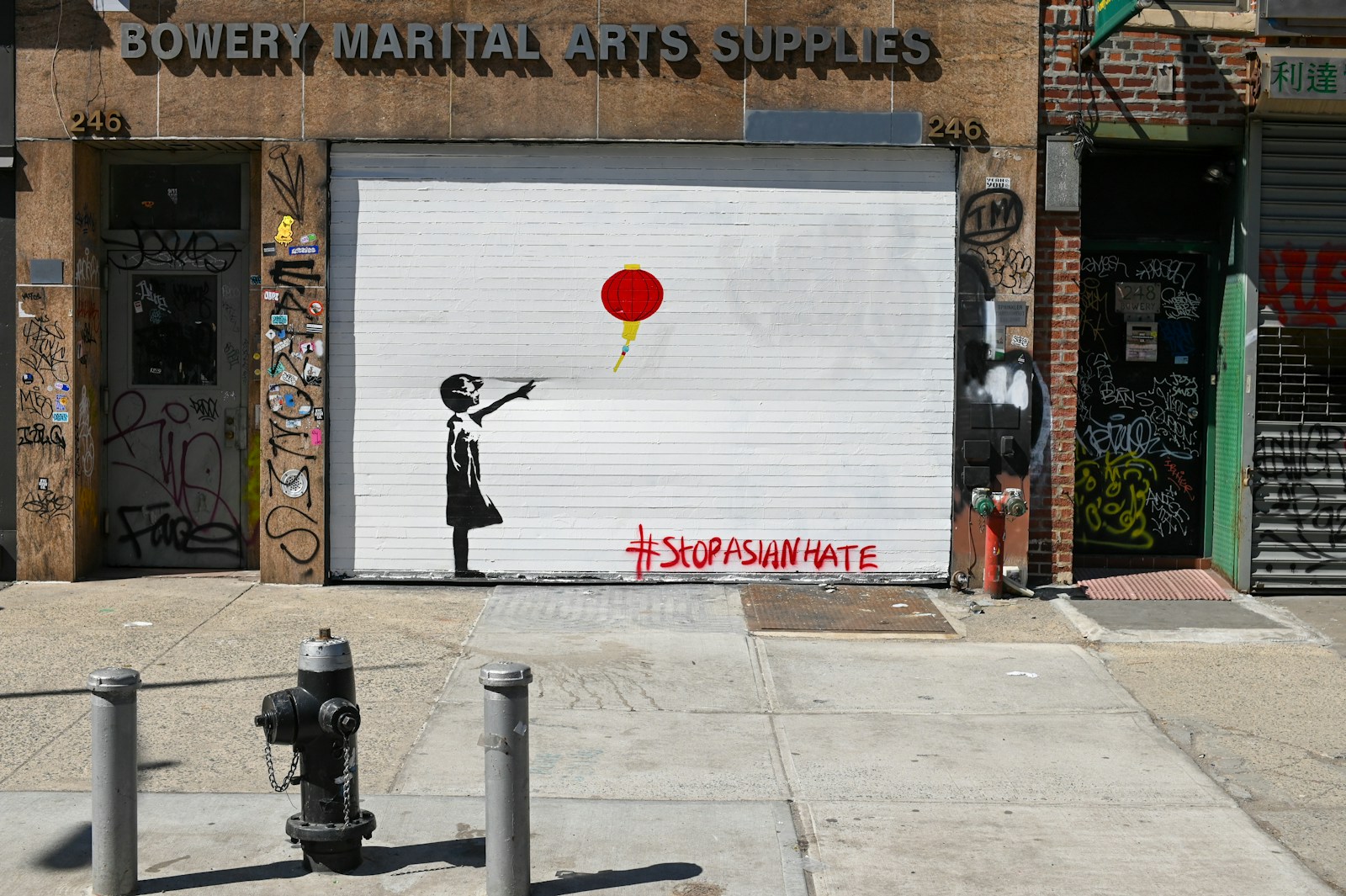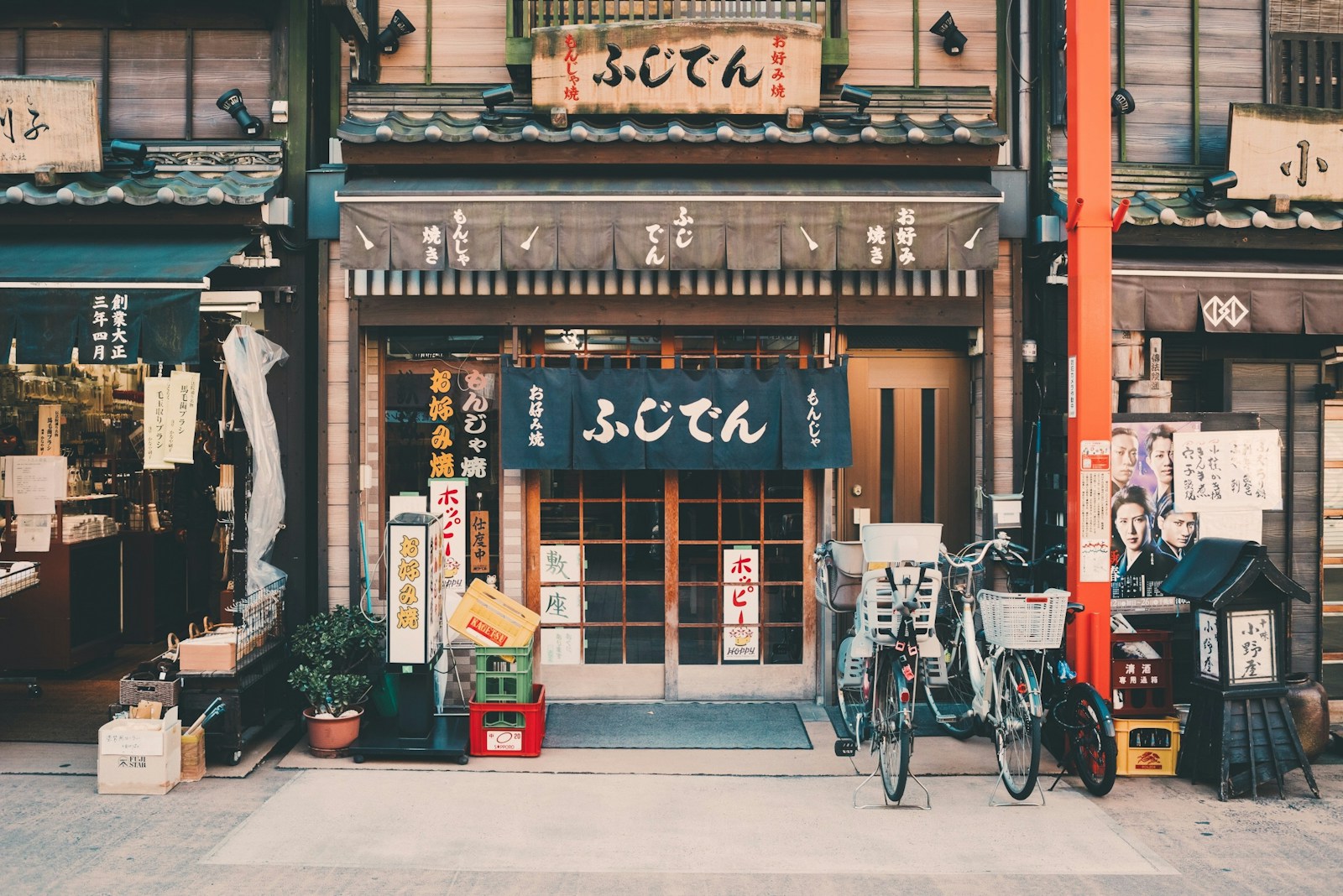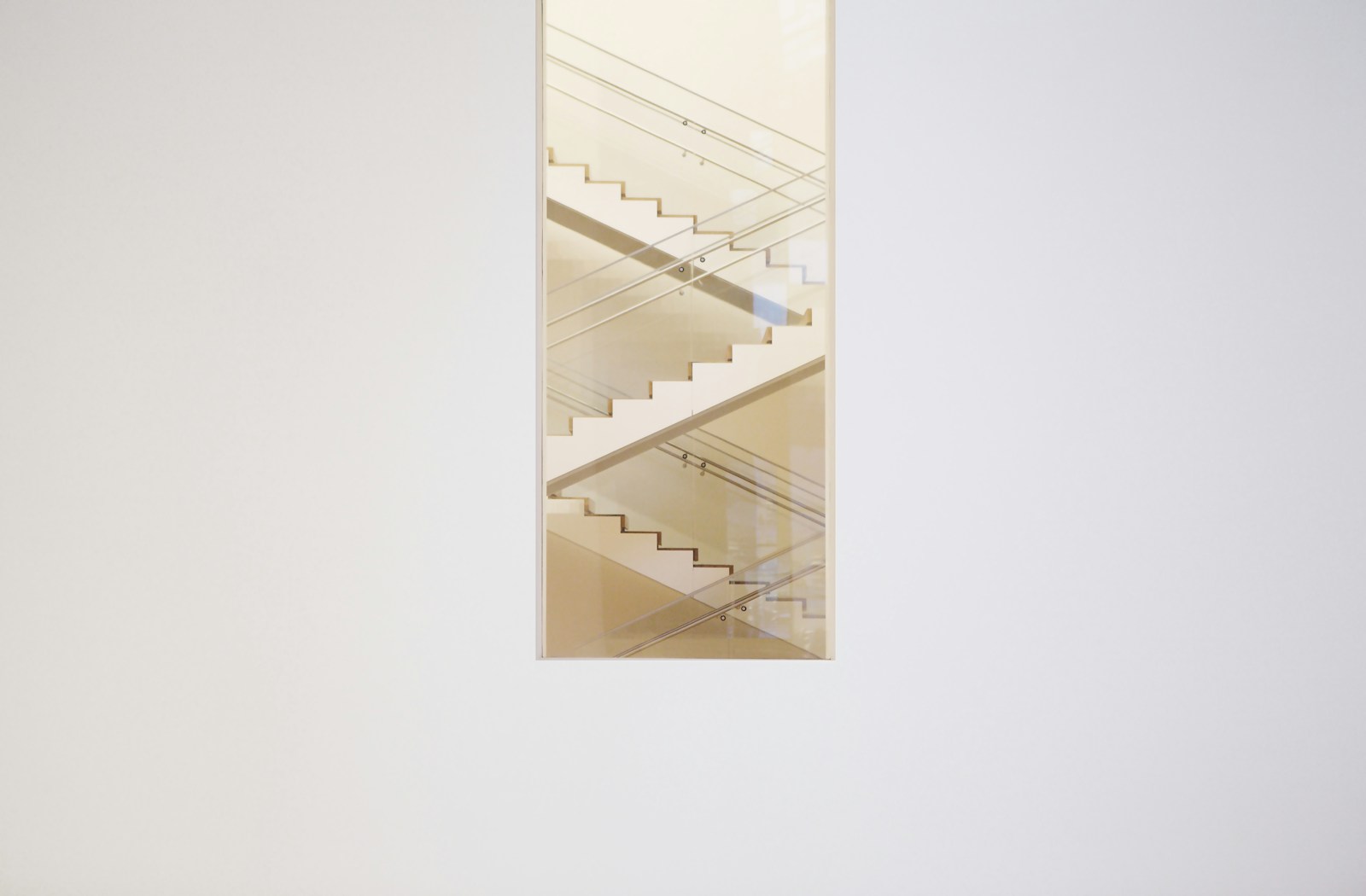In the realm of contemporary art, few names evoke as much intrigue, admiration, and debate as Banksy, the anonymous street artist whose stenciled works have transformed city walls into platforms for political commentary and emotional resonance. While opinions about street art remain varied, with some seeing it as vandalism and others as legitimate artistic expression, there is a growing consensus that Banksy’s wall art transcends mere graffiti. It is beautiful—not only in its aesthetic composition but in its conceptual depth, emotional power, and social impact.
The Aesthetic Appeal of Simplicity and Symbolism
At first glance, Banksy wall art is visually simple. He often uses stencils—a method that allows for rapid application and reproduction. Yet within this simplicity lies profound symbolism. Whether it’s the image of a girl letting go of a heart-shaped balloon or a rioter throwing a bouquet of flowers, Banksy captures complex ideas in a minimal yet evocative style. His monochromatic palette, often punctuated by a single vivid color, enhances the emotional tone of his work and draws the eye instantly.
Banksy’s aesthetic can be described as raw yet poetic, minimal yet evocative. His compositions are carefully balanced, making use of the physical context of the wall—cracks, textures, and surrounding architecture—to enhance the impact. In this way, Banksy turns the urban environment into part of the artwork itself, fusing the artificial with the organic. This approach is a form of beauty that defies the polished perfection of gallery art and celebrates the spontaneous and gritty texture of life.
Emotional Resonance: The Power to Move and Provoke
Beauty in art often lies in its ability to move the viewer, to evoke a feeling that lingers long after the first glance. Banksy’s works consistently achieve this. Take, for example, the famous piece of the little girl and the balloon. It is an image of innocence, hope, and loss all at once. Without a single word, it speaks volumes about childhood, longing, and the ephemeral nature of dreams.
Other works, like the one depicting two policemen kissing or a homeless man with angel wings, challenge viewers to confront biases, question authority, or reflect on human dignity. There is beauty in this emotional confrontation—in the way Banksy brings private thoughts into public spaces and forces society to reflect on its values.
Political and Social Commentary: Beauty with a Message
Banksy’s art is not just about aesthetics or emotions; it is also profoundly political. His works critique war, capitalism, consumerism, surveillance, environmental degradation, and more. Yet rather than being dry or didactic, Banksy delivers his critiques with wit, irony, and visual puns. This blend of humor and seriousness allows his messages to resonate more deeply. His images are accessible to all, regardless of education or background, and that democratic reach is a kind of beauty in itself.
For instance, his piece showing a child laborer sewing Union Jack flags in sweatshop-like conditions is a searing indictment of exploitation and nationalism. Still, its stark and jarring imagery carries a kind of tragic beauty—a visual poetry that invites not only condemnation but also compassion and action.
Transforming Space: Reclaiming the Urban Landscape
Another reason Banksy’s wall art is beautiful is because it reclaims and revitalizes urban space. Cities are often filled with blank, oppressive concrete surfaces that communicate nothing except indifference. Banksy disrupts this silence. He injects color, meaning, and humanity into spaces that are otherwise ignored or unloved. In doing so, he invites people to look again at their environment, to see not just walls but canvases of social dialogue.
His work adds a layer of cultural identity to places, turning them into landmarks of expression and resistance. This transformation of space—making the ordinary extraordinary—is a hallmark of artistic beauty. Banksy’s art does not sit passively in a gallery; it intervenes. It engages with the world in real time.
The Mystery of the Artist: The Allure of the Unknown
Banksy’s anonymity adds another dimension to the beauty of his work. In a world obsessed with celebrity and ownership, Banksy reminds us that art can exist independently of ego. His art is not about personal fame or monetary gain, even though many of his pieces have been auctioned for millions. The fact that he remains faceless makes the art speak louder. It allows people to connect with the message rather than the messenger, and in that, there is a certain purity and elegance.
Moreover, the mystery invites curiosity and conversation. Who is Banksy? Why does he choose this form? This sense of enigma enhances the allure of his art, making each piece feel like a discovery rather than a product.
Conclusion: Beauty Beyond the Frame
Banksy’s wall art is beautiful not in the conventional sense of being decorative or pleasant but in its ability to challenge, inspire, and humanize. It is beautiful because it blends artistic skill with moral conscience, because it transforms walls into mirrors that reflect society’s contradictions and hopes. In a world increasingly dominated by digital noise and commercial culture, Banksy offers a moment of real, tangible engagement—a piece of art that speaks from the street to the soul.
His works remind us that beauty can be radical. That it can be found in decay, in dissent, in disruption. And perhaps most importantly, that beauty does not always ask to be admired—it often demands to be heard


